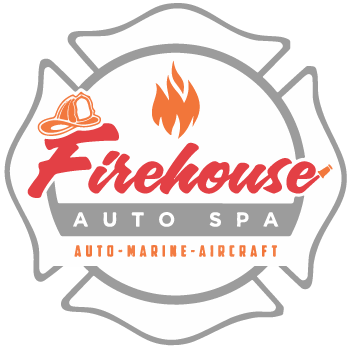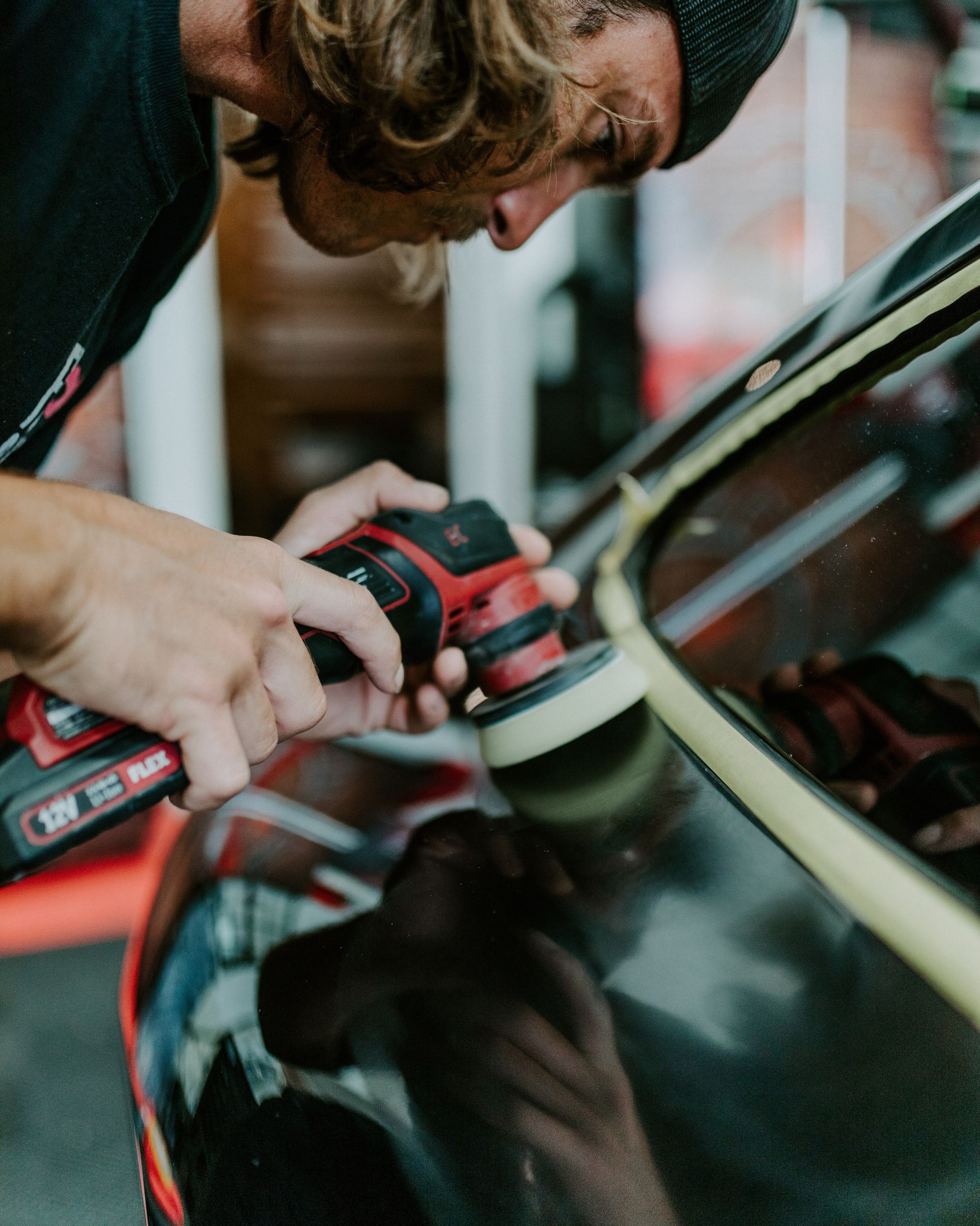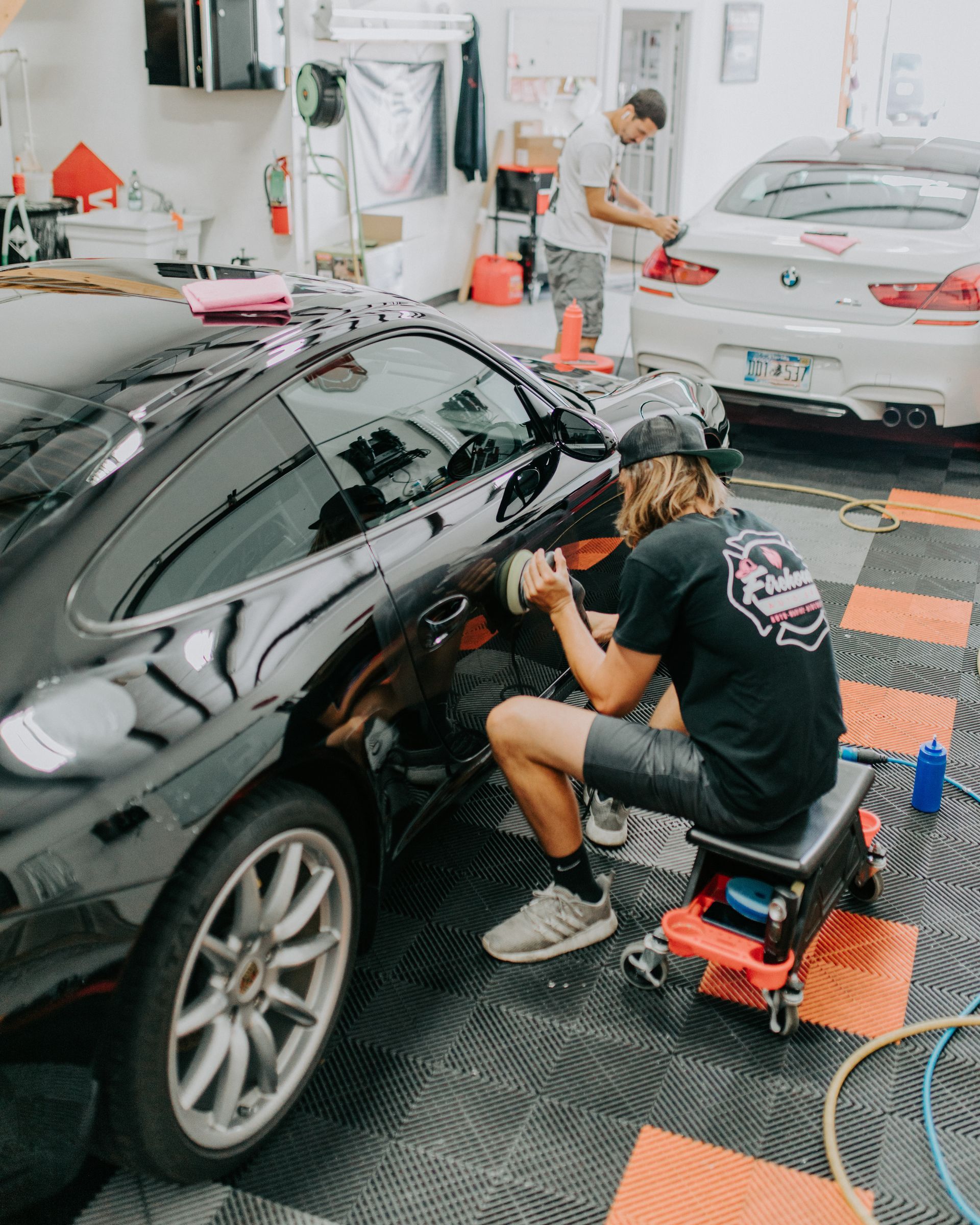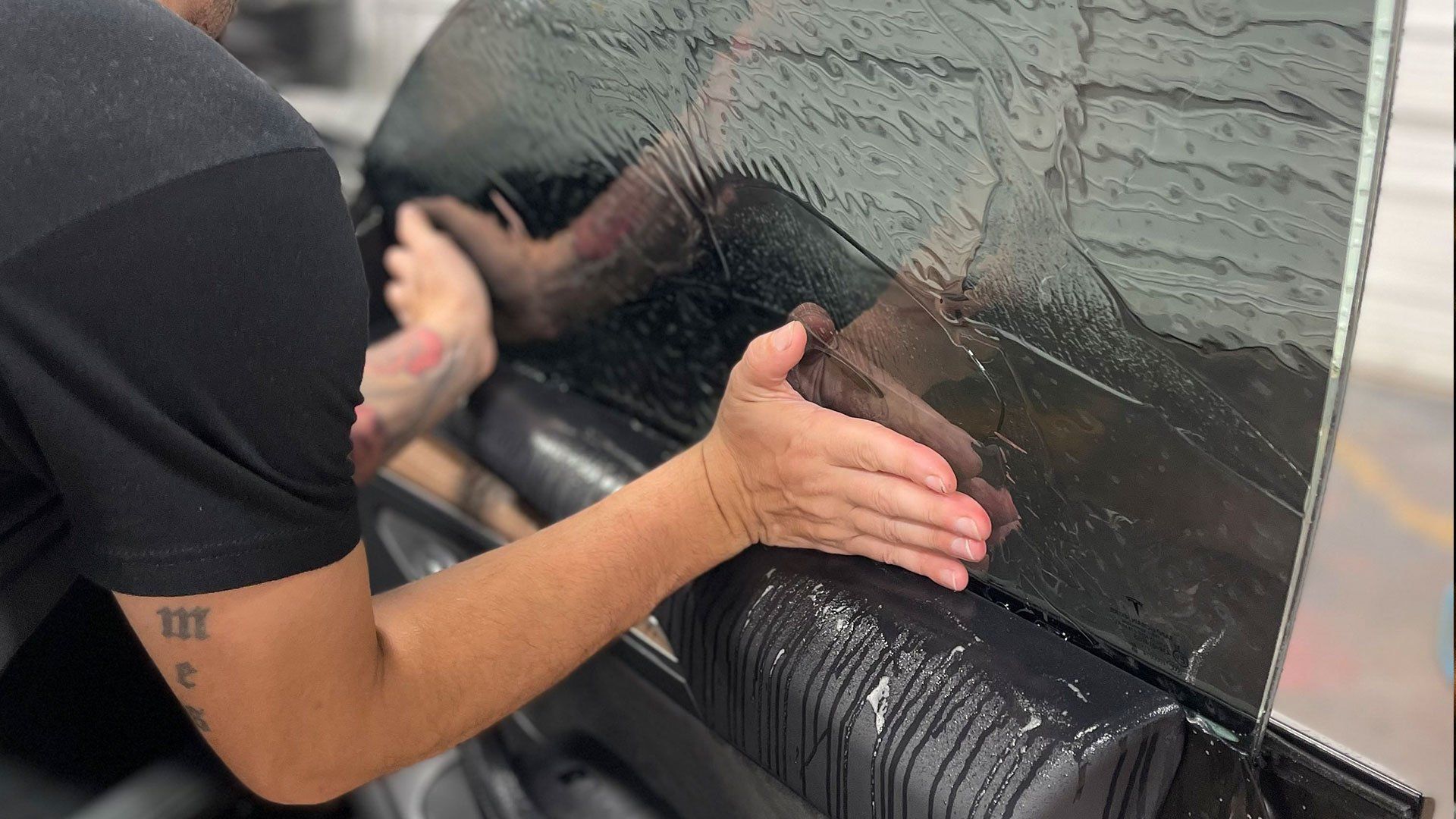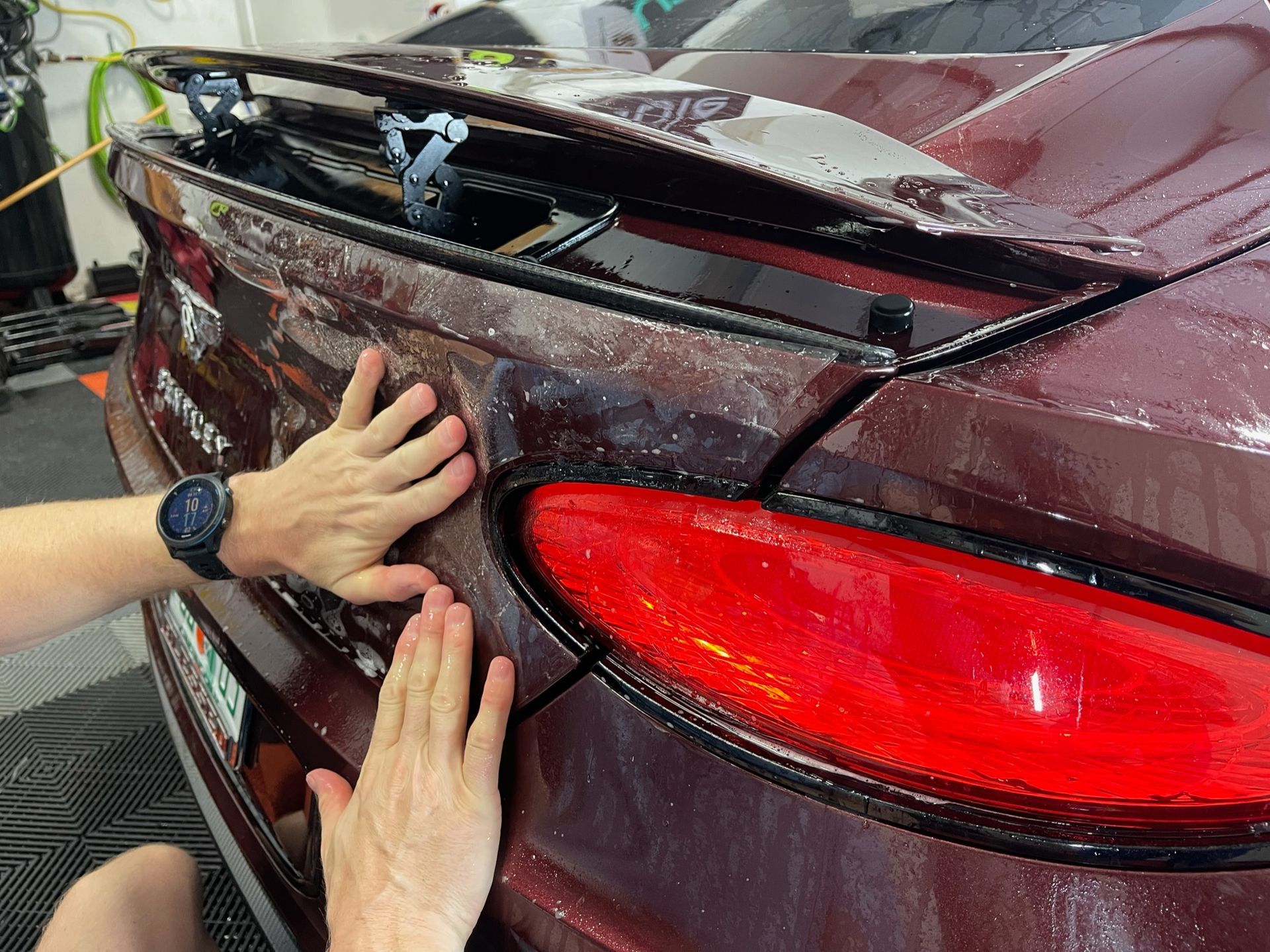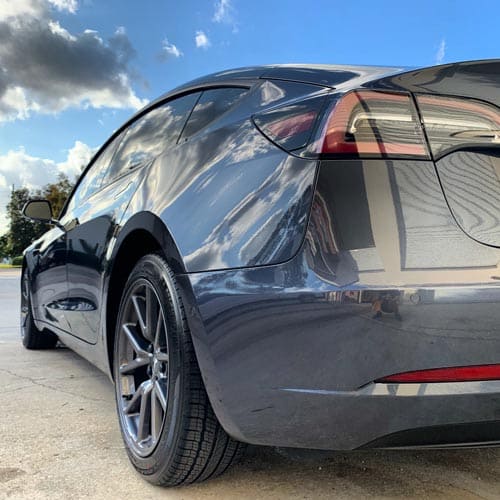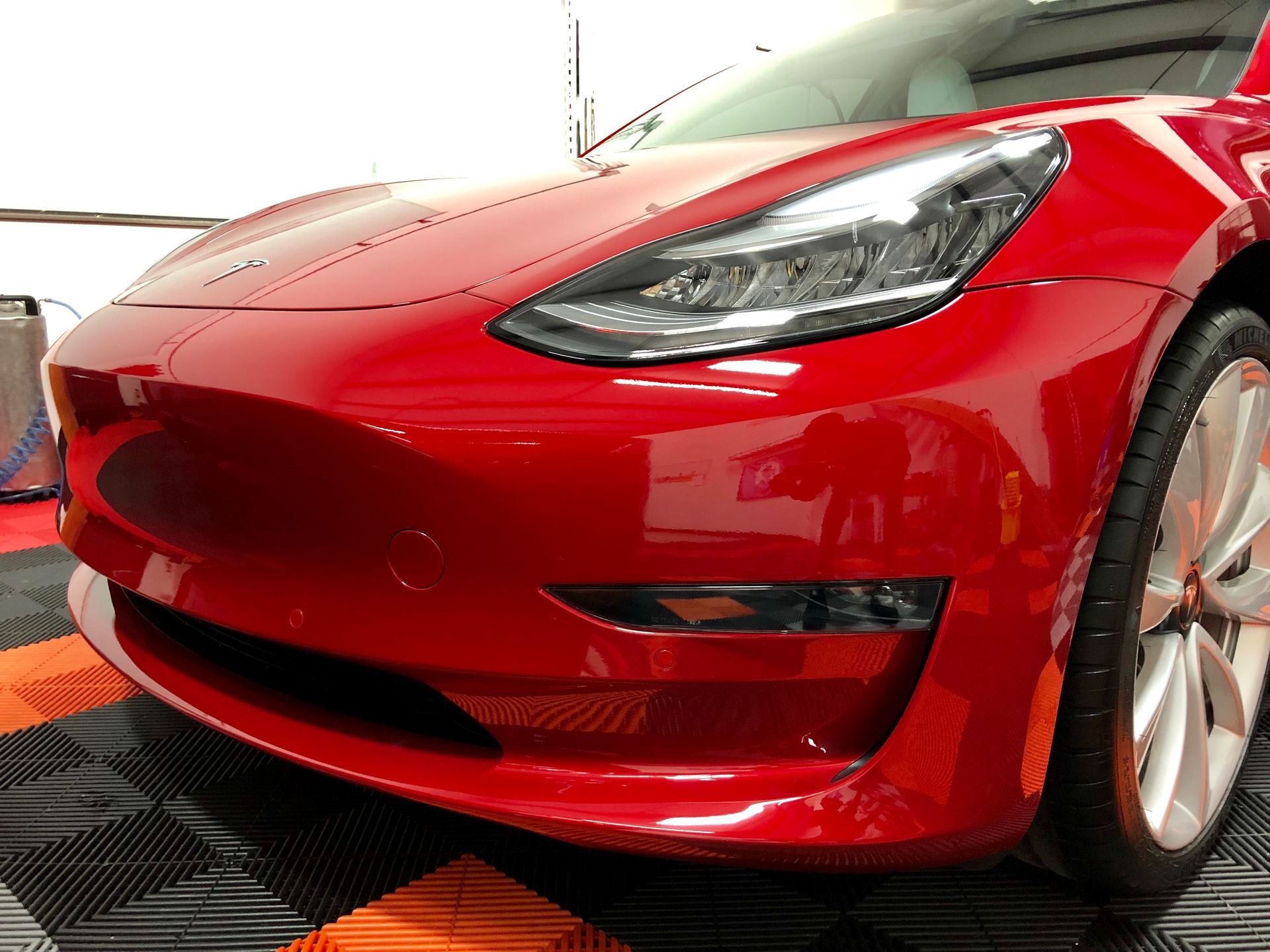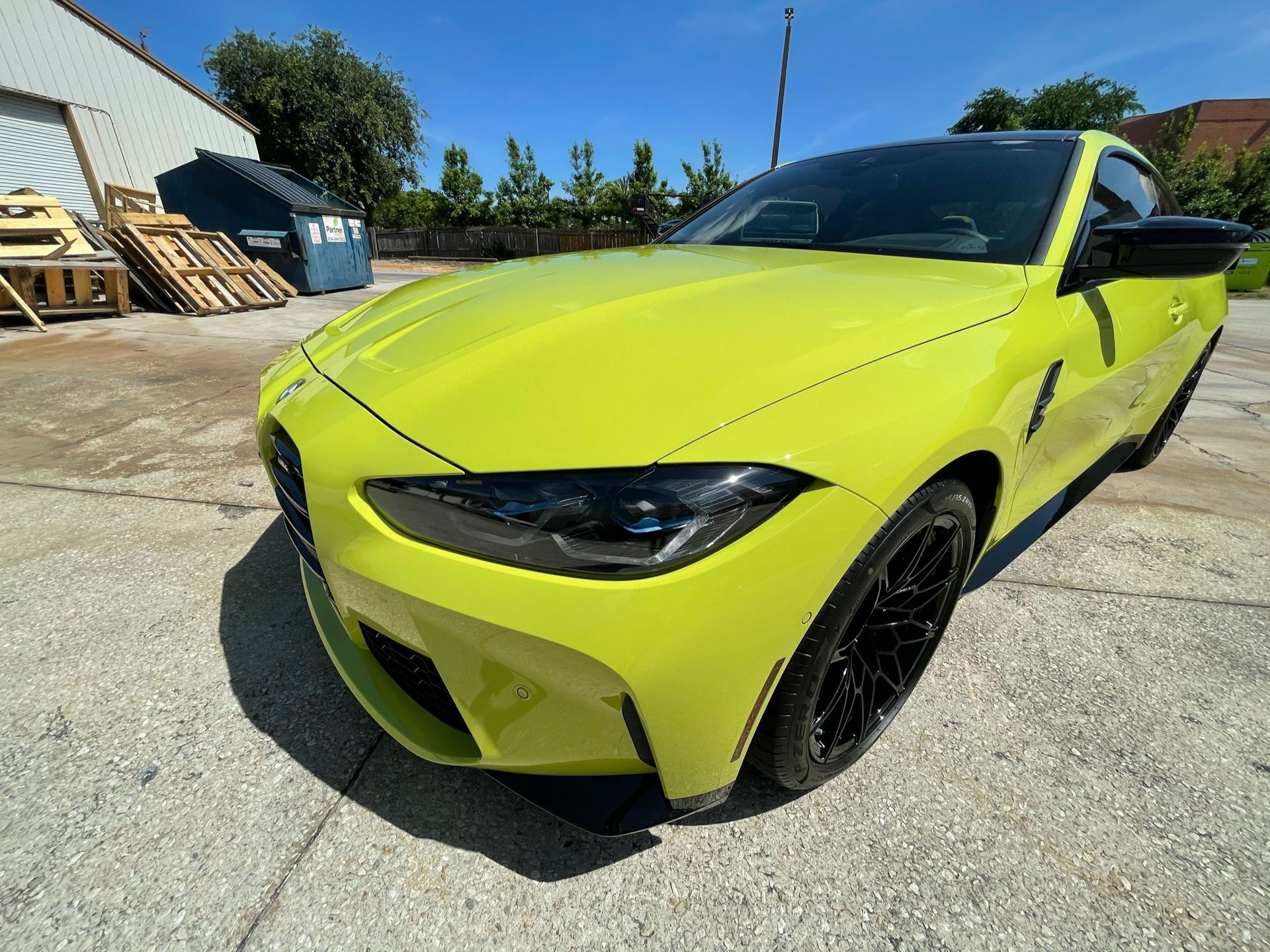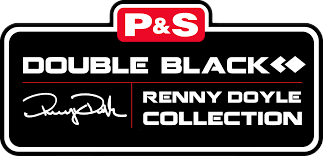Introduction
At Firehouse Auto Spa in Jacksonville, FL, we specialize in restoring vehicle finishes through expert paint correction. Daily driving exposes your car to the elements—sun, rain, salt, road grime, and airborne debris—all of which gradually degrade the appearance and protection of your vehicle’s paintwork. Paint correction is more than a cosmetic upgrade; it’s an essential step in maintaining the long-term health and value of your daily driver.
What is paint correction?
Paint correction is the professional process of removing minor surface imperfections from a vehicle’s clear coat. Using specialized compounds and machine polishing techniques, our team targets defects such as swirl marks, oxidation, etching, and marks—eliminating them rather than simply masking them.
Unlike a standard wax or polish, which temporarily enhances shine, paint correction restores clarity, depth, and brilliance to the finish, often making it appear better than when it left the dealership.
Why daily drivers need paint correction
Vehicles driven daily experience far more environmental exposure than garage-kept or weekend cars. From UV radiation to bird droppings, bug splatter, acidic rain, and frequent washes, each factor contributes to the gradual degradation of the paint surface. Over time, this leads to loss of gloss, uneven color, and a weakened protective barrier.
Paint correction restores the finish, improves reflectivity, and strengthens the vehicle’s resistance to future damage.
Common paint defects in daily drivers
Here are the most frequent imperfections we correct at Firehouse Auto Spa:
- Oxidation, which causes fading and a chalky appearance
- Minor swirl marks from improper washing methods
- Etching left by bird droppings, bugs, or acid rain
- Water spots that deposit mineral stains
- UV-induced fading that dulls the depth of the paint
These imperfections don’t just affect appearance—they compromise the clear coat’s protective properties and can reduce your car’s resale value.
Benefits of paint correction for daily vehicles
Correcting surface defects does more than enhance aesthetics. It provides multiple long-term benefits:
- Greater color depth and gloss
- Improved surface clarity and reflectivity
- Easier ongoing maintenance
- A clean, smooth foundation for ceramic coating or paint protection film (PPF)
Paint correction helps your vehicle look better for longer and allows protective treatments to bond more effectively.
Paint correction vs. basic polishing
While both polishing and paint correction involve the use of machines and compounds, their goals differ. Basic polishing is a quick service that hides imperfections and boosts shine temporarily. Paint correction, on the other hand, removes those defects completely by leveling the clear coat.
This difference matters, especially for a daily driver. Paint correction delivers a finish that lasts significantly longer and resists environmental wear better than a basic polish.
How paint correction protects long-term value
Your vehicle’s exterior finish is one of the first things people notice—and one of the most important factors in determining resale and trade-in value. By correcting early-stage damage and maintaining your factory paint, you avoid costly repainting in the future.
A smooth, defect-free finish also signals to buyers that the vehicle has been well cared for, often increasing its perceived and actual market value.
Preparing for paint protection treatments
Paint correction is a critical first step before applying any long-term protection such as ceramic coatings or PPF. These protective treatments bond best to a smooth, defect-free surface. Applying coatings to a flawed finish locks in imperfections and reduces both the visual and protective performance.
By correcting the paint first, you ensure ceramic coatings and PPF reach their full potential in durability, shine, and hydrophobic performance.
Levels of paint correction at Firehouse Auto Spa
We offer four levels of paint correction services to suit different vehicle needs and conditions:
Enhancement Polish
Best suited for newer vehicles with near-perfect paint, this light-level polish removes faint imperfections while adding gloss and depth. It’s an ideal preparation step before ceramic coating.
Single Stage Polish
Recommended for vehicles 1 to 5 years old with minor swirl marks or oxidation. This service balances cost and performance, making it a popular choice for well-maintained daily drivers.
Full Correction
This multi-stage package is designed for neglected or high-value vehicles. It removes more widespread imperfections and restores a deeper level of gloss. It’s often paired with ceramic coating or PPF for full protection.
Wet Sanding
Our most advanced correction service, wet sanding is reserved for vehicles with severe imperfections. It flattens the paint surface to a mirror-like finish before undergoing multiple rounds of polishing. Pricing and eligibility are determined by in-person evaluation.
Why it's worth the investment for daily drivers
While paint correction may seem like a cosmetic luxury, it delivers real functional and financial benefits for those who use their vehicles daily:
- Preserves and enhances appearance
- Reduces the need for constant detailing
- Protects against long-term clear coat damage
- Boosts resale or trade-in value
- Serves as the ideal base layer for advanced protection
For discerning drivers who value their vehicle as both a financial and emotional investment, the long-term return far outweighs the initial cost.
How long do paint correction results last?
Results can last several years with proper aftercare, especially when paired with ceramic coating or PPF. The key factors that influence longevity include:
- Vehicle exposure (sun, salt, climate)
- Washing and drying habits
- Protective products used post-service
Without follow-up care, the finish may degrade sooner, so maintenance is essential.
Ideal timing for paint correction
Paint correction can benefit vehicles at nearly any stage:
- New cars often arrive with swirl marks or dealership-induced imperfections. Early correction helps preserve the factory finish and prepares the car for long-term protection.
- Older vehicles may show years of accumulated damage. Correction revives their finish and prevents the need for repainting.
If you're considering ceramic coating or PPF, paint correction should always come first to ensure maximum effectiveness.
Maintenance after paint correction
To maintain your corrected finish and extend its lifespan, we recommend:
- Hand washing using the two-bucket method and pH-neutral soap
- Drying with clean microfiber towels or forced air
- Avoiding automatic car washes with brushes
- Periodically inspecting for new defects
With proper maintenance and protection, your corrected paint can remain vibrant and defect-free for years.
Why choose Firehouse Auto Spa in Jacksonville, FL
As Jacksonville’s premier destination for paint correction and vehicle protection, Firehouse Auto Spa is firefighter-founded and detailer-certified. We combine industry-leading tools with customized service packages to meet the needs of every driver—from daily commuters to luxury car enthusiasts.
With two convenient locations and a reputation for excellence, our team provides expert advice, long-lasting results, and seamless service from consultation to final polish.
Conclusion
Paint correction is one of the smartest ways to restore, protect, and enhance the value of your daily driver. By removing imperfections, revitalizing gloss, and creating a clean base for long-term protection, paint correction ensures your vehicle stays looking its best for years to come.
At Firehouse Auto Spa, we’ve helped thousands of Jacksonville drivers transform their cars—and we’re ready to do the same for you. Visit our Paint Correction service page or
contact us today to schedule an in-person evaluation.
FAQs
- Does paint correction remove all imperfections?
No. It addresses most surface-level flaws but cannot fix damage that has penetrated the base coat or affected the body structure. - How often should a daily driver get paint correction?
Every 2 to 4 years, depending on driving conditions, paint exposure, and maintenance habits. - Is it safe for new vehicles?
Yes. Many new vehicles arrive with minor imperfections from the factory or dealership. Correction helps them look their best and ensures a proper foundation for protective treatments. - Can paint correction help with resale value?
Absolutely. A well-maintained finish suggests overall vehicle care, often resulting in higher trade-in or resale offers. - Should paint correction always be paired with ceramic coating or PPF?
It's highly recommended. These treatments lock in the correction results, provide ongoing protection, and reduce the need for future correction.

